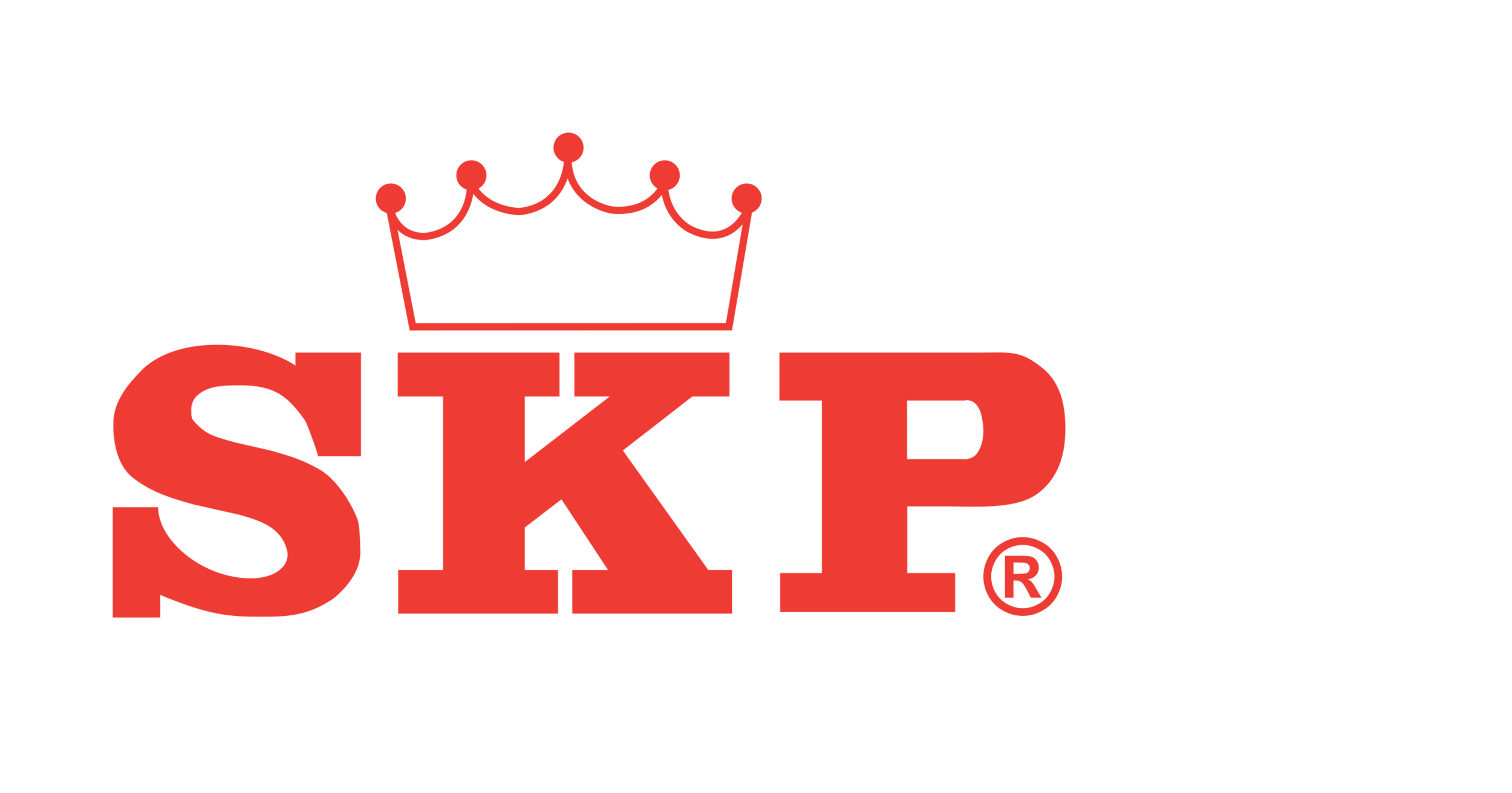Kraft Paper Packaging: Everything You Need To Know About It
As individuals and businesses are looking into more environmentally friendly and sustainable food packaging approaches, kraft paper continues to be one of the more impactful options to meet the demands, on top of bamboo products.
From kraft paper takeaway boxes to kraft paper cups, the packaging material has, without a doubt, displayed its popularity across various industries, especially among F&B businesses.
In this article, we will delve into everything you need to know about the popular packaging material.
What is kraft paper?
Kraft paper got its name from the kraft pulping process, which was invented by a German in 1880. Its name means ‘power’ in German, and kraft paper certainly proves that. Thanks to the kraft pulping process, the packaging material is tear-resistant, making it significantly durable.
Not only is the material strong and durable, but it is also highly versatile, allowing for various shades and colours. The kraft paper’s surface is also porous and textured, which allows for high-quality finishing and printing for a more premium rustic appearance.
How is kraft paper produced?
Kraft paper was first discovered by Carl F. Dahl in the 1880s. When manufacturing regular paper, wood is typically grounded first. However, Dahl discovered that treating the pulp with sulfates boosted the kraft paper’s strength.
After its discovery, due to its sturdy and durable nature, it was made popular as a wrapping material, producing packaging solutions, such as the kraft paper cardboard box we are so familiar with today.
Regular vs kraft paper
Kraft paper is much stronger than your typical paper, as stated in the previous section. Because of the added sulfate, the material becomes more durable and tear-resistant as compared to regular paper. In addition, the surface of kraft paper is more porous too, which makes it a little ineffective for conventional printing but highly ideal for special finishes, such as foil stamping and debossing or embossing.
Benefits of kraft paper
Apart from its superior protection and strength, kraft paper is also 100% environmentally friendly. It will naturally degrade within a couple of weeks when disposed of, making them ideal biodegradable packaging materials that leave no negative environmental impact. It is also recyclable too.
Its environmental impact is a vital consideration when using it for food packaging purposes. It is made from wood pulp, which is a renewable resource, making it more sustainable than conventional packaging materials, such as styrofoam or plastic.
Conclusion
Kraft paper is a versatile packaging material that can be used in most types of businesses. They are strong, eco-friendly, and aesthetically pleasing, allowing your business not to have to sacrifice appearance to maintain material strength.
With that being said, should you operate a business in the F&B industry and are looking to switch to a more sustainable takeaway option, SKP offers an extensive range of kraft paper products, such as eco-friendly disposable cups, bowls, and takeaway boxes. Apart from kraft paper options, we also provide biodegradable plastic plates, bowls, and cups from our EcoVue range, which are 100% biodegradable plastics that break down into organic elements, such as biomass, water, and natural gases.
For more information on our sustainable food packaging range, contact our team to inquire more.

